
Average Cost to Tear Off and Replace Roof (2026)
 4/26/2024
4/26/2024 15 Min Read
15 Min Read8 Min Read
The roof is one of the most critical components of any structure, protecting it from the elements and maintaining its structural integrity. Over time, however, roofs deteriorate and require replacement. So, you may be wondering, what’s the average cost to tear off and replace roof?
Roof tear-off and replacement is a significant undertaking for any homeowner, both in terms of cost and complexity. In this guide, we’ll take a deep dive into:
The various aspects of roof tear-off and replacement, including:
- What it entails
- Signs that indicate the need for a replacement
- The process itself
- Average cost to tear off and replace roof
- The importance of hiring professional contractors
- Essential maintenance tips for your new roof
Understanding roof costs and consulting multiple roofing companies for estimates are essential steps for making informed decisions. Roof choosing—selecting the right roofing material and contractor—plays a key role in the success and cost-effectiveness of your project.
Introduction to Roof Replacement
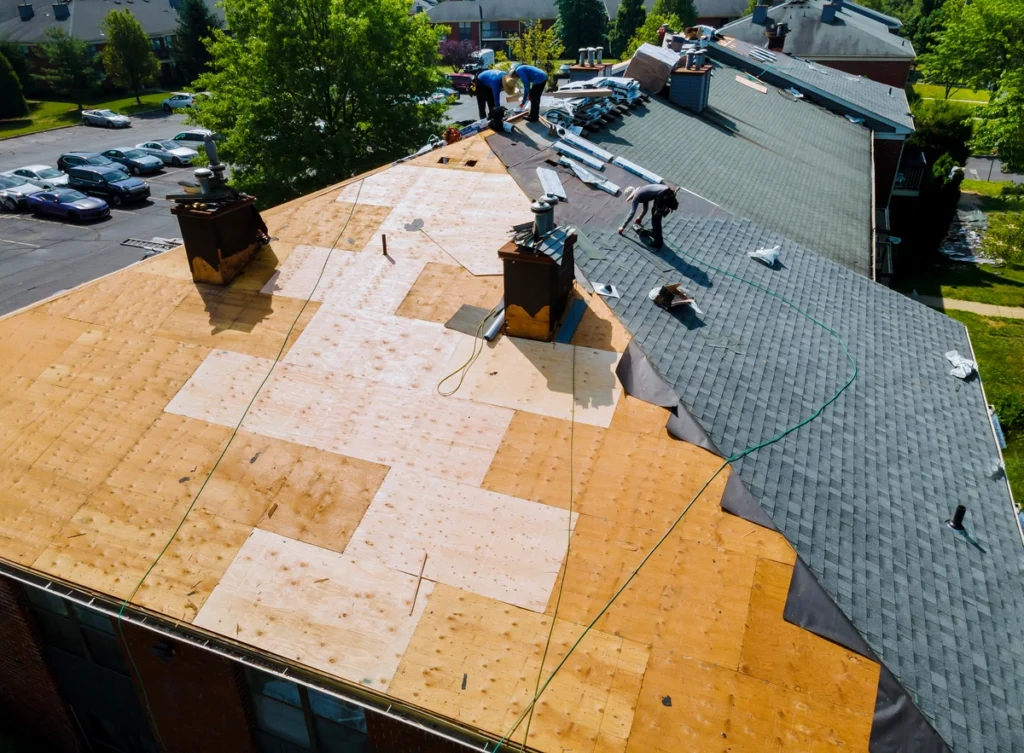
Roof replacement is one of the most important investments a homeowner can make. Not only does a new roof protect your home from the elements, but it also enhances curb appeal and can significantly increase your property’s value.
The average cost to tear off and replace a roof depends on several key factors, including roof size, roof pitch, and the complexity of the roof replacement process. When planning to replace a roof, it’s essential to consider the cost to tear off the existing roof, the type of roofing material you want, and any unique features of your home that might affect the project.
Working with a reputable roofing contractor ensures you receive a detailed estimate and expert guidance throughout the entire roof replacement process, from the initial inspection to the final installation. By understanding the average cost to tear and replace your entire roof, you can make informed decisions and ensure your roofing project is a success.
What is a Roof Tear-Off?

A roof tear-off involves removing the existing roofing materials down to the deck before installing new materials. Roof removal is a labor-intensive step that requires taking off the existing roofing material completely.
This process is necessary when the existing roof is old, damaged beyond repair, or when a homeowner wants to upgrade to a different roofing material. Removing the existing roofing material allows for a thorough inspection of the roof deck and can extend the roof’s lifespan compared to overlays.
Unlike roof overlays, where new shingles are installed over the existing ones, a tear-off ensures that the new roof is installed on a clean, structurally sound surface, maximizing its lifespan and performance.
Signs That You Need a Roof Tear-Off
- Age: The age of your roof is a significant factor in determining whether a tear-off is necessary. Most asphalt shingle roofs have a lifespan of 20 to 30 years, while other materials like metal or tile can last longer. If your roof is nearing the end of its expected lifespan, it may be time for a replacement.
- Curling or Buckling Shingles: Curling or buckling shingles are a sign of aging and weathering. When shingles start to curl or buckle, they become less effective at protecting your home from water infiltration and other damage.
- Leaks: Persistent roof leaks, despite repairs, indicate underlying issues with your roof’s integrity. In some cases, the damage may be extensive enough to warrant a complete tear-off and replacement. Replacing a roof, rather than simply patching old shingles, is often necessary to prevent leaks and further damage.
- Granule Loss: Granules provide UV protection and waterproofing for asphalt shingles. If you notice excessive granule loss in your gutters or on the ground around your home, it may be a sign that your shingles are nearing the end of their lifespan. Old shingles with significant granule loss can compromise your roof’s ability to prevent leaks, making replacement the best option.
- Sagging Roof Deck: A sagging roof deck is a severe issue that requires immediate attention. It indicates structural damage and may be a result of water damage, rot, or inadequate support.
Factors Affecting Roof Replacement Costs

The overall cost of roof replacement can vary widely based on several important factors. The type of roofing material you choose plays a major role, with asphalt shingles typically costing between $3.50 and $6.00 per square foot, while metal roofs can range from $6 to $14 per square foot.
The total roof size and roof pitch also impact the cost, as larger or steeper roofs require more materials and labor. Roofing contractors usually charge an average of $200 to $300 per square foot for labor, but this can fluctuate depending on your location and the complexity of the job. Additional factors such as the number of layers being torn off, accessibility of the roof, and the need for special equipment can further influence the price.
Don’t forget to account for disposal fees, permits, and inspection fees when budgeting for your roof replacement. Scheduling a professional inspection with a local roofer can help identify any hidden issues and provide a more accurate estimate of the overall cost, ensuring there are no surprises during your roofing project.
Roofing Materials
Choosing the right roofing material is a crucial step in any roof replacement project, as it directly affects both the cost and the longevity of your new roof. Asphalt shingles remain a popular and cost-effective choice, with prices ranging from $1.50 to $5.50 per square foot.
For homeowners seeking greater durability and a modern look, metal roofs are an excellent option, though they come at a higher price point of $6 to $14 per square foot. Other premium materials, such as slate tiles, clay tiles, and cedar shingles, offer unique aesthetic appeal and long-lasting performance, but their costs can be significantly higher than standard options.
When planning a complete roof replacement, it’s also important to consider the condition of your roof decking, as replacing or repairing this underlying structure can add to the overall cost. Weighing the pros and cons of each roofing material—including maintenance requirements, durability, and appearance—will help you make the best choice for your home and budget.
What Happens During a Roof Tear-Off? 6 Steps Overview
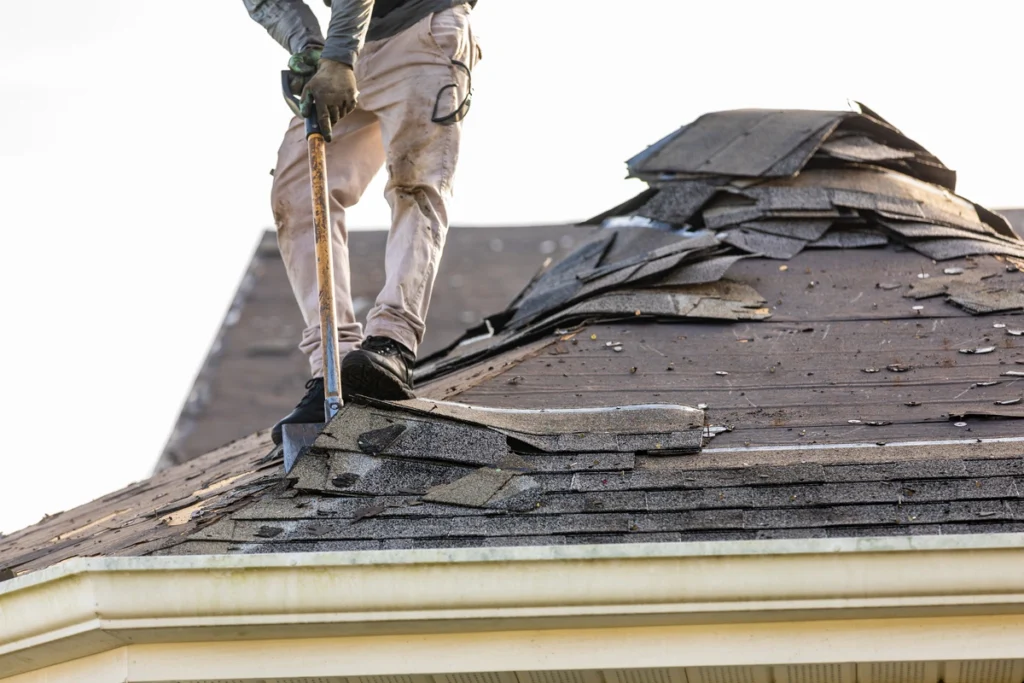
The roof tear-off process typically follows these steps:
Before starting, it’s important to note that the roof tear-off process requires careful planning and adherence to safety precautions, especially when dealing with complex roof structures.
Cleanup: Dispose of old materials and debris, leaving the area clean and ready for the next phase
Inspection: Assess the current condition of the roof and identify any problem areas.
Preparation: Gather all necessary tools and equipment your roof requires, and ensure you have the proper permits if needed. Evaluate the roof structure for any weaknesses or damage that could affect the project. Always implement safety precautions, such as using harnesses and securing ladders, to protect workers and property during the tear-off.
Removal: Begin removing shingles or other roofing materials, starting from the top and working downwards.
1) Inspection:
A professional roofer will inspect the existing roof to assess its condition and determine if any repairs are needed before the tear-off begins. During this inspection, the roofer will also evaluate the roof complexity—including facets, hips, valleys, and multiple stories—to determine how these factors will affect the scope and cost of the project.
2) Preparation:
The area around the home is prepared for the tear-off, including protecting landscaping, removing satellite dishes or other obstacles, and setting up safety equipment. For roofs with steep pitches, additional preparation and safety measures are required to ensure worker safety and accommodate the increased complexity.
3) Tear-Off:
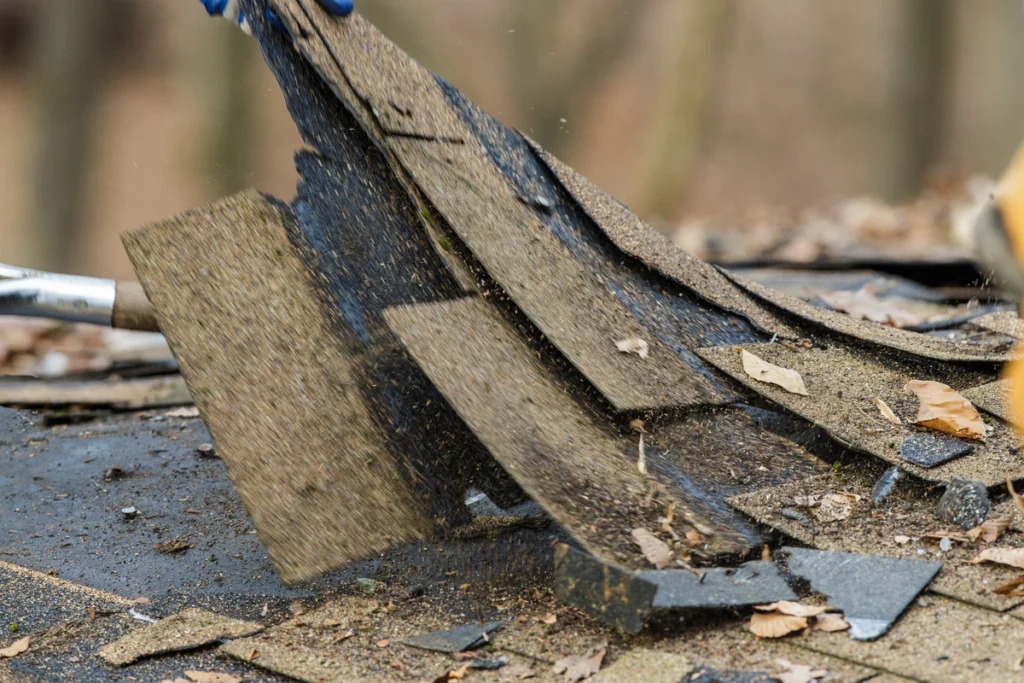
Roofing crews remove the existing roofing materials, starting from the top and working their way down to the deck. This may involve stripping away shingles, underlayment, flashing, and any other components of the existing roof system. Roofs with multiple layers or heavier materials require more labor to remove, which can increase the overall project costs.
4) Deck Inspection and Repair:
Once the old roofing materials are removed, the roof deck is inspected for any damage. Any damaged or deteriorated decking is repaired or replaced to ensure a solid foundation for the new roof.
5) Installation of New Roofing Materials:
After the deck is prepared, the new roofing materials are installed according to manufacturer specifications—this crucial roof installation phase ensures the longevity and performance of your roof. This may include underlayment, flashing, shingles, and other components depending on the chosen roofing system.
6) Clean-Up:
Once the new roof is installed, the job site is cleaned up, and any debris is removed. A final inspection is conducted to ensure the quality and integrity of the new roof.
Cost to Tear Off and Replace Your Roof

The cost of roof tear-off and replacement can vary widely depending on several factors, including the size and complexity of the roof, the materials used, local labor rates, and any additional services required (such as decking replacement or roof pitch). Average costs are typically calculated by considering the roof surface area in square feet or roofing squares (one roofing square equals 100 square feet), the type of roof material, labor, and any additional costs. Understanding average costs is important for budgeting, as it helps homeowners anticipate the overall costs and avoid unexpected expenses.
As of this year, the average cost to tear off and replace a roof ranges from $5,000 to $15,000 or more for a typical residential home. However, it’s essential to note that this is just a rough estimate, and actual costs may vary significantly based on individual circumstances.
Here’s a breakdown of the cost factors to consider:
- Roof Size: Larger roofs require more materials and labor, resulting in higher costs. Roofing contractors typically charge per square foot, so the size of your roof directly impacts the overall cost. Roof surface, square feet, square footage, and roofing square are all used to estimate overall costs for roofing projects.
- Roof Pitch: Steeper roofs are more challenging to work on and may require additional safety measures, equipment, and labor, which can increase the cost of the project.
- Materials: The type of roofing material you choose will also affect the cost. Asphalt shingles are generally the most affordable option, while materials like metal roof, tile roof, slate roof, wood shakes, shingle roof, architectural shingles, and flat roof each have their own price points and installation requirements. Different roofing materials impact both the roof cost and the actual cost of your project, as each roof material varies in durability, longevity, and labor needs.
- Underlayment and Decking: If your roof deck needs repairs or replacement, this will add to the overall cost of the project. Similarly, upgrading to a higher quality underlayment can increase costs but may offer better protection and longevity.
- Labor Rates: Labor costs can vary depending on your location and the availability of skilled roofing contractors. In areas with higher demand for roofing services, labor rates may be higher.
Additional costs, such as disposal fees, cleanup, and extra labor for features like skylights, chimneys, or complex roof structures, can also impact the actual cost of your roof replacement. For example, pricing for fascia and soffits is often calculated per linear foot, which adds to the transparency and accuracy of your quote.
Full roof replacement involves removing the entire existing roof and installing new materials, which is more comprehensive and costly than partial repairs or overlays. Roofing projects can vary in scope, from minor repairs to full roof replacement, depending on the condition and needs of your home.

If your home has two roofs (such as two layers of shingles or distinct roof sections), or a particularly complex roof structure, labor and costs will increase due to the added time and effort required for removal and installation.
It’s important to get roof replacement estimates from more than one roofing company, as prices and quality can vary. Many roofing companies offer free estimates, allowing you to compare options and make an informed decision.
Financing options, such as fixed monthly payments through home equity loans, HELOCs, or personal loans, can help manage the cost of a roof replacement and make budgeting easier.
While it’s tempting to choose the lowest bidder to save money, it’s crucial to consider the quality of workmanship and materials. Hiring a reputable roofing contractor with experience and proper licensing and insurance may cost more upfront but can save you money in the long run by ensuring a durable and long-lasting roof.
Per Square Foot Costs
Understanding the cost per square foot is essential when estimating the total cost of your roof replacement. Asphalt shingles generally cost between $3.50 and $6.00 per square foot, making them an affordable option for many homeowners.
Metal roofs, while more expensive, range from $6 to $14 per square foot and offer superior durability and energy efficiency. The per square foot cost can also be influenced by factors such as roof pitch, accessibility, and the number of layers that need to be removed during the tear-off process.
These variables can increase the amount of labor and materials required, impacting the total cost of your roofing project. Consulting with a roofing contractor will help you get a precise estimate tailored to your specific roof, ensuring you have a clear understanding of the costs involved before starting your roof replacement.
Labor Costs and Estimates
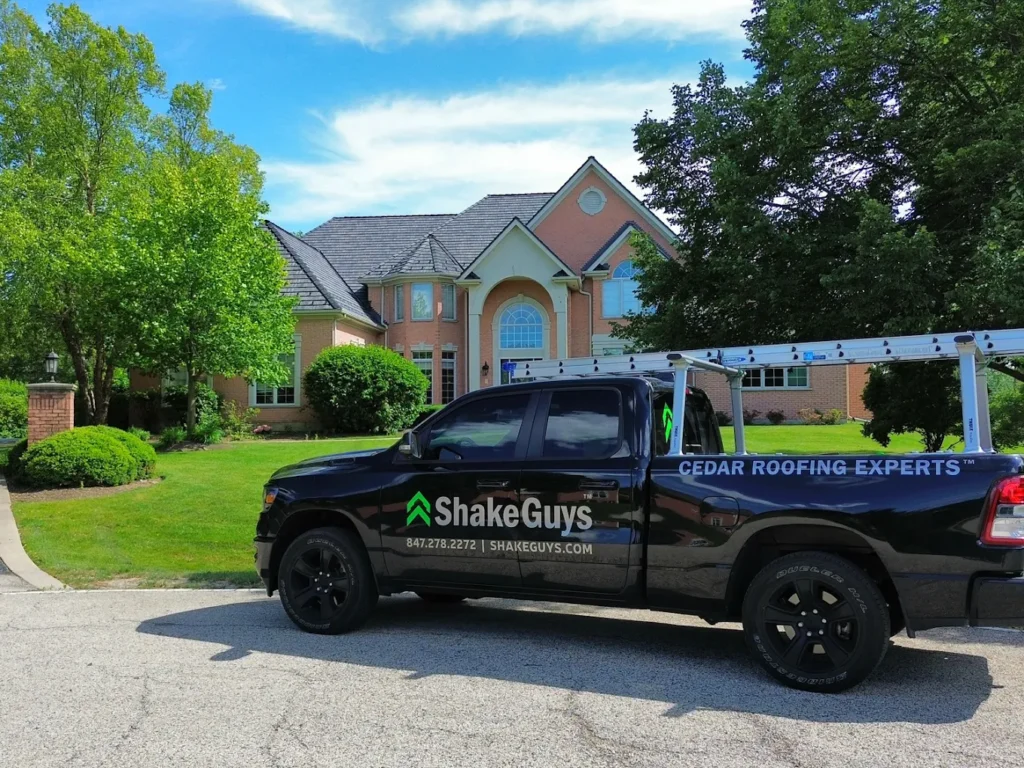
Labor costs make up a significant portion of the total roof replacement cost, often accounting for 50% to 60% of the overall expense. The final price can vary depending on the size of the roofing crew, the complexity of the job, and the expertise of the roofing contractors you hire.
To ensure you’re getting the best value, it’s wise to request multiple estimates from different roofing contractors and compare their services, pricing, and reputation. A trustworthy roofing contractor will provide a comprehensive estimate that includes all necessary materials, labor, and disposal fees, so you know exactly what to expect.
Before signing any contract, review the estimate carefully and ask questions about any unclear items. If the replacement cost is higher than anticipated, consider exploring financing options such as home equity loans to help manage the expense. By taking these steps, you can confidently move forward with your roof replacement, knowing you’ve made an informed decision about one of your home’s most important investments.
Why You Should Invest in a Professional Roofing Contractor
While a DIY roof replacement might be tempting, there are some good reasons why you should choose a professional roofer instead.
Expertise and Experience:
Professional roofing contractors have the knowledge, skills, and experience to properly assess your roof’s condition, recommend the best course of action, and execute the project efficiently and safely.
Quality Workmanship:
A reputable roofing contractor will use high-quality materials and adhere to industry best practices to ensure that your new roof is installed correctly and performs as intended.
Safety:
Roofing can be dangerous work, especially on steep or multi-story roofs. Professional contractors have the training, equipment, and safety protocols in place to prevent accidents and injuries.
Warranty Protection:
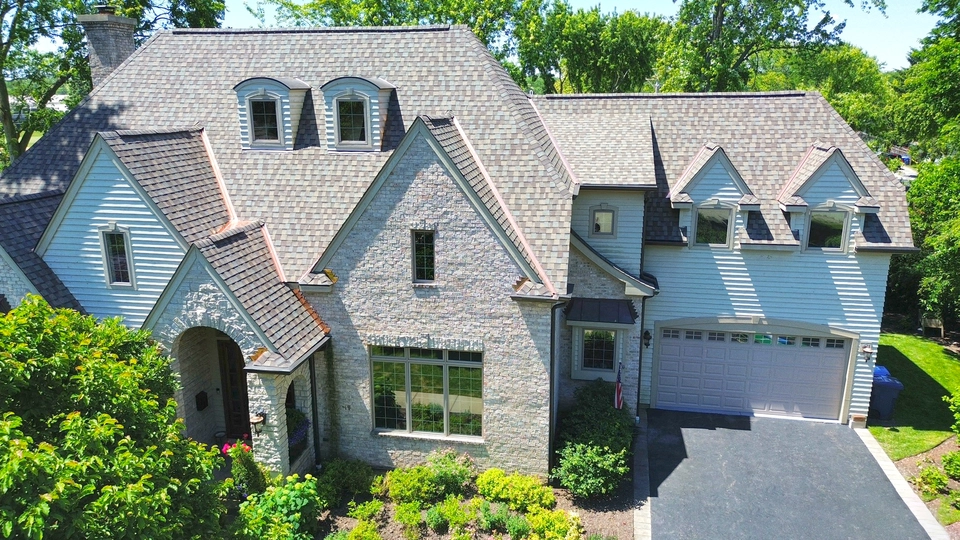
Many roofing manufacturers offer warranties on their products, but these warranties may be voided if the installation is not performed by a certified contractor. Hiring a professional ensures that your roof is eligible for warranty coverage, providing you with peace of mind and financial protection.
Cost-Effectiveness:
While DIY roof repairs or hiring cheap, inexperienced contractors may seem like cost-saving measures initially, they can lead to costly mistakes, premature roof failure, and the need for additional repairs or replacements down the road. Investing in a professional contractor upfront can save you time, money, and hassle in the long term.
How to Maintain Your New Roof
Once your new roof is installed, proper maintenance is essential to maximize its lifespan and performance. Here are some tips for maintaining your new roof:
- Regular Inspections: Schedule annual inspections with a professional roofing contractor to check for any signs of damage, wear, or potential issues. Early detection and repair can prevent minor problems from escalating into costly repairs. Regular maintenance and timely repairs help prevent leaks and costly water damage.
- Keep Gutters Clean: Clogged gutters can cause water to back up and damage your roof and siding. Clean your gutters regularly and ensure that downspouts are clear and directing water away from your home’s foundation.
- Trim Overhanging Branches: Overhanging tree branches can scrape against your roof and cause damage, especially during storms or high winds. Trim back any branches that hang over your roof to prevent potential damage.
- Remove Debris: Remove leaves, branches, and other debris from your roof regularly to prevent moisture buildup and potential damage to shingles or other roofing materials.
- Address Leaks Promptly: If you notice any signs of leaks or water damage inside your home, address them promptly to prevent further damage to your roof and interior.
By following these maintenance tips and scheduling regular inspections and repairs as needed, you can ensure that your new roof continues to protect your home for years to come.
Learn More About Roof Replacement Costs
Roof tear-off and replacement is a significant investment, but it’s essential for maintaining the integrity and value of your home. By understanding the signs that indicate the need for a replacement, the process involved, associated costs, and the importance of hiring professional contractors, you can make informed decisions about your roofing project.
Additionally, by following proper maintenance practices, you can extend the lifespan of your new roof and protect your home for years to come. If you’re considering a roof tear-off and replacement, don’t hesitate to consult with a reputable roofing contractor to assess your needs and provide personalized recommendations.
Need a quality contractor to talk to?
Contact Shake Guys today to get all the info you need!


Schedule a Free Inspection & Consultation
We look forward to providing you with premium customer service & high-quality results.